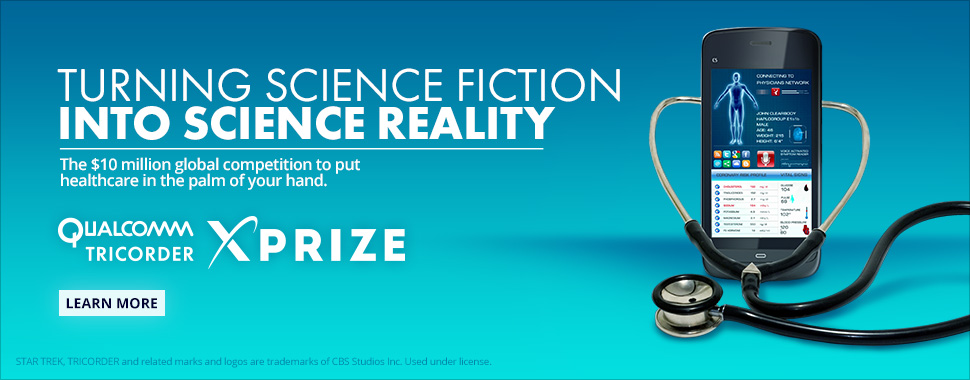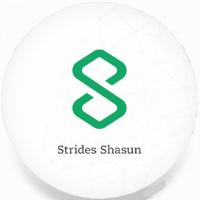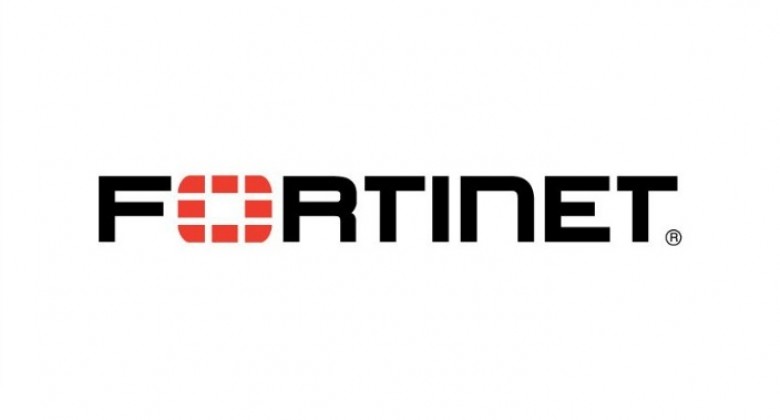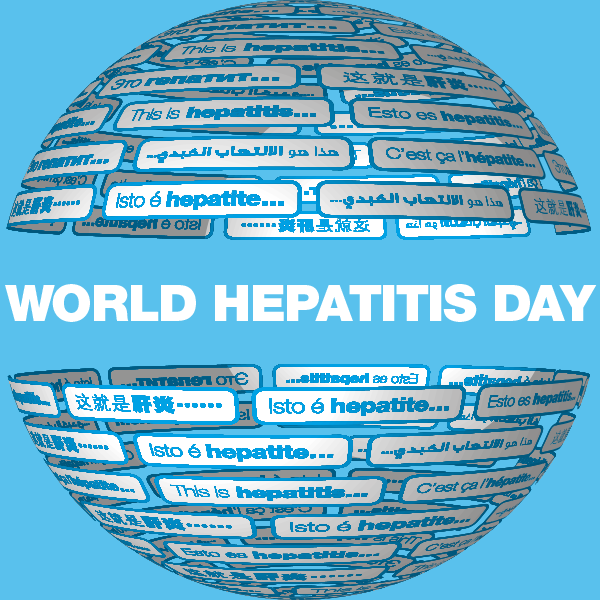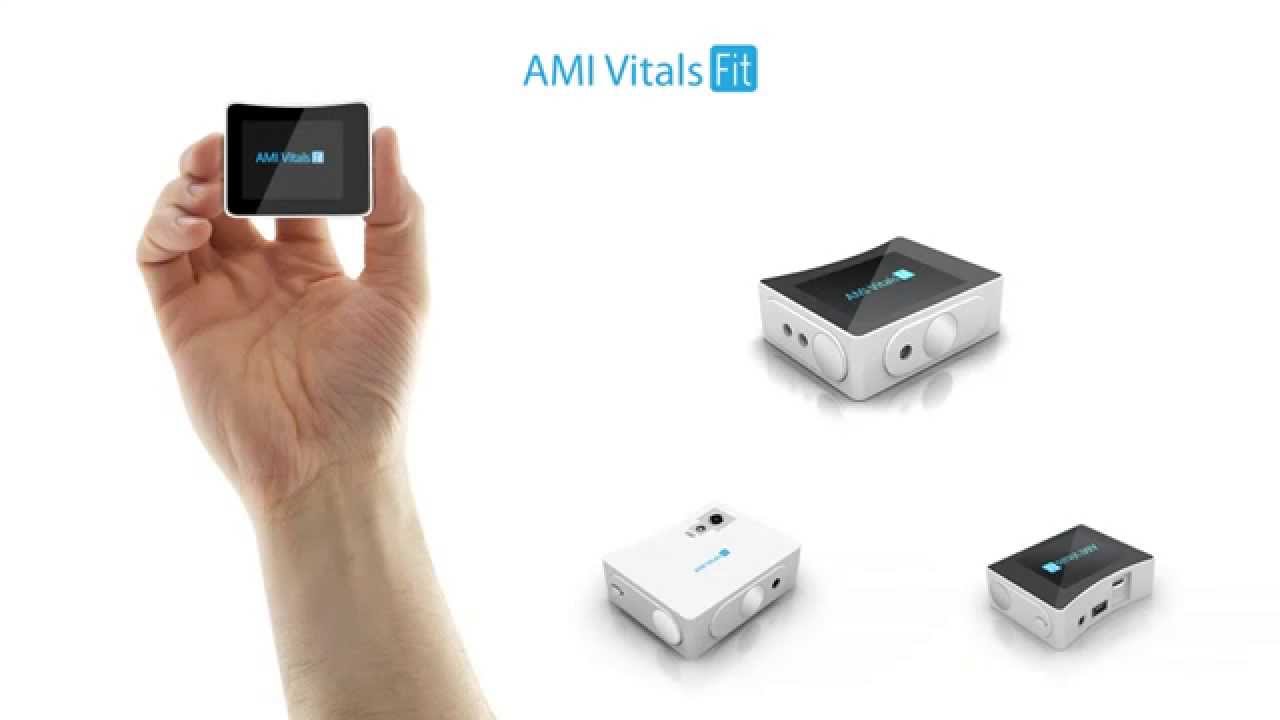
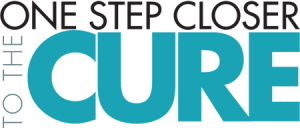 A new “ground-breaking” computer programme TumorTracer can diagnose cancer in two days by identifying the source of the disease, informed a group of scientists.
A new “ground-breaking” computer programme TumorTracer can diagnose cancer in two days by identifying the source of the disease, informed a group of scientists.
Usually one in 20 cases, the doctor can confirm that the patient has cancer – but cannot find the source. Patients made to wait with numerous diagnostic tests and to locate the origin of the cancer before starting any treatment. But the new computer programme helps the doctor to quickly identify the source of the disease . For example cancer of the liver, lungs etc, researchers said.

Researchers at Technical University of Denmark (DTU) have created a new diagnostic technology based on advanced self-learning computer algorithms which – on the basis of a biopsy from a metastasis – can with 85 per cent certainty identify the source of the disease and thus target treatment and, ultimately, improve the prognosis for the patient.

The newly developed method, called TumorTracer, is based on analyses of DNA mutations in cancer tissue samples from patients with metastasised cancer, i.e. cancer which has spread.

The pattern of mutations is analysed in a computer programme which has been trained to find possible primary tumour localisations.

The method has been tested on thousands of samples where the primary tumour was already identified, and it has proven extremely precise.
The next step will be to test the method on patients with unknown primary tumours. In recent years, researchers have discovered several ways of using genome sequencing of tumours to predict whether an individual cancer patient will benefit from a specific type of medicine.
This is a very effective method, and it is becoming increasingly common to conduct such sequencing for cancer patients.
“We are very pleased that we can now use the same sequencing data together with our new algorithms to provide a much faster diagnosis for cancer cases that are difficult to diagnose, and to provide a useful diagnosis in cases which are currently impossible to diagnose,” said Associate Professor Aron Eklund from DTU Systems Biology.
“At the moment, it takes researchers two days to obtain a biopsy result, but we expect this time to be reduced as it becomes possible to do the sequencing increasingly faster. And it will be straightforward to integrate the method with the methods already being used by doctors,” said Mr Eklund.
Researchers expect that, in the long term, the method can also be used to identify the source of free cancer cells from a blood sample, and thus also as an effective and easy way of monitoring people who are at risk of developing cancer.
Be a part of Elets Collaborative Initiatives. Join Us for Upcoming Events and explore business opportunities. Like us on Facebook , connect with us on LinkedIn and follow us on Twitter , Instagram.
"Exciting news! Elets technomedia is now on WhatsApp Channels Subscribe today by clicking the link and stay updated with the latest insights!" Click here!







